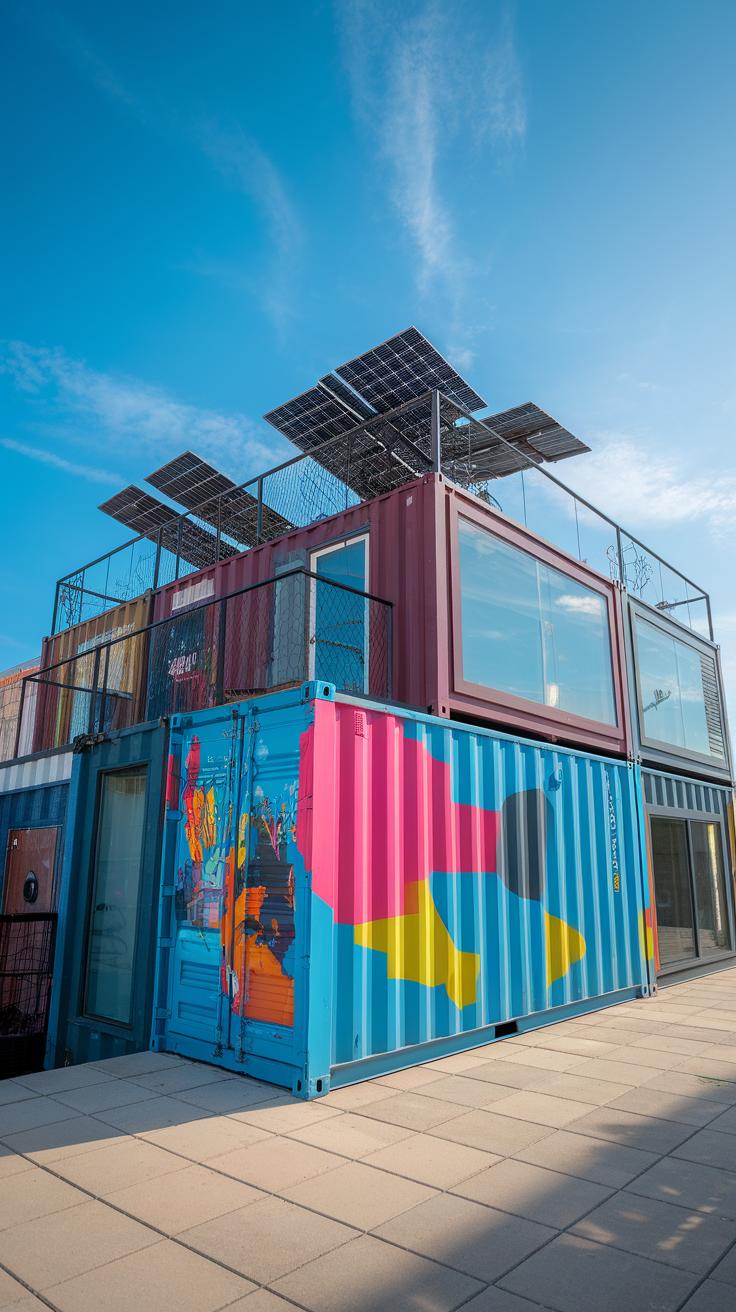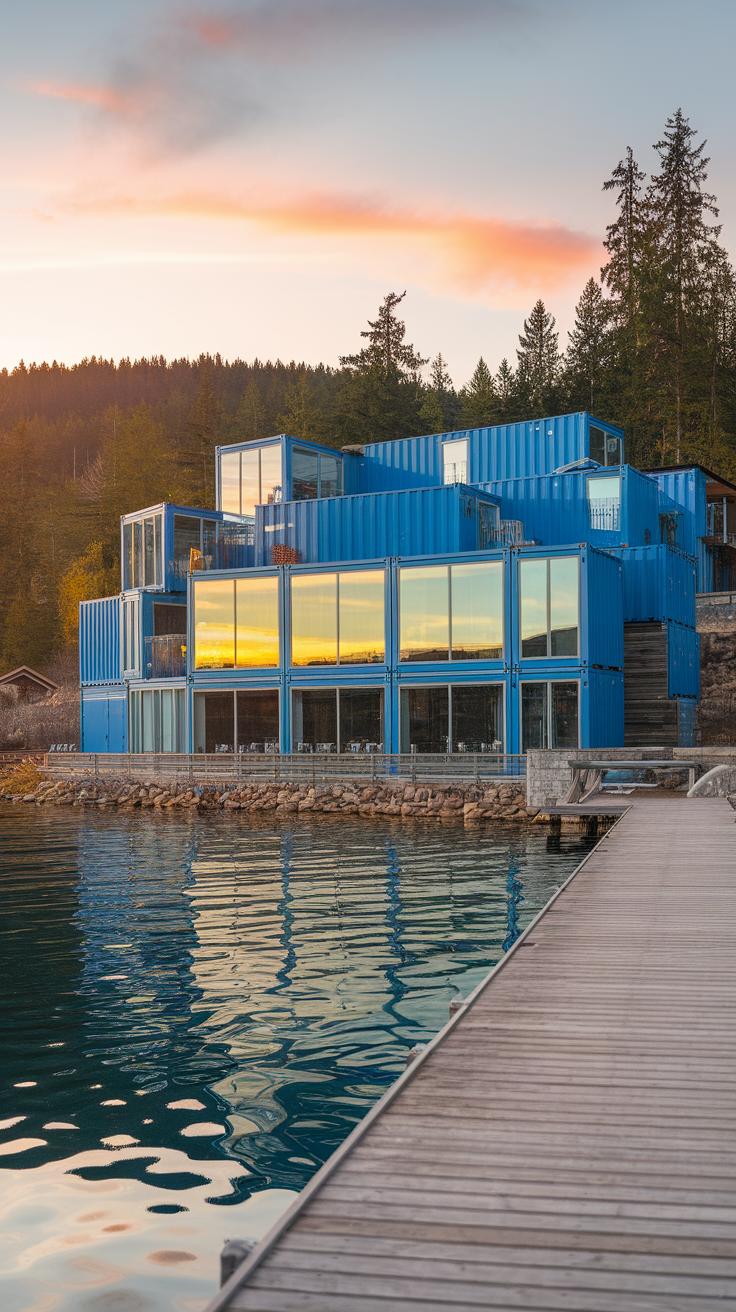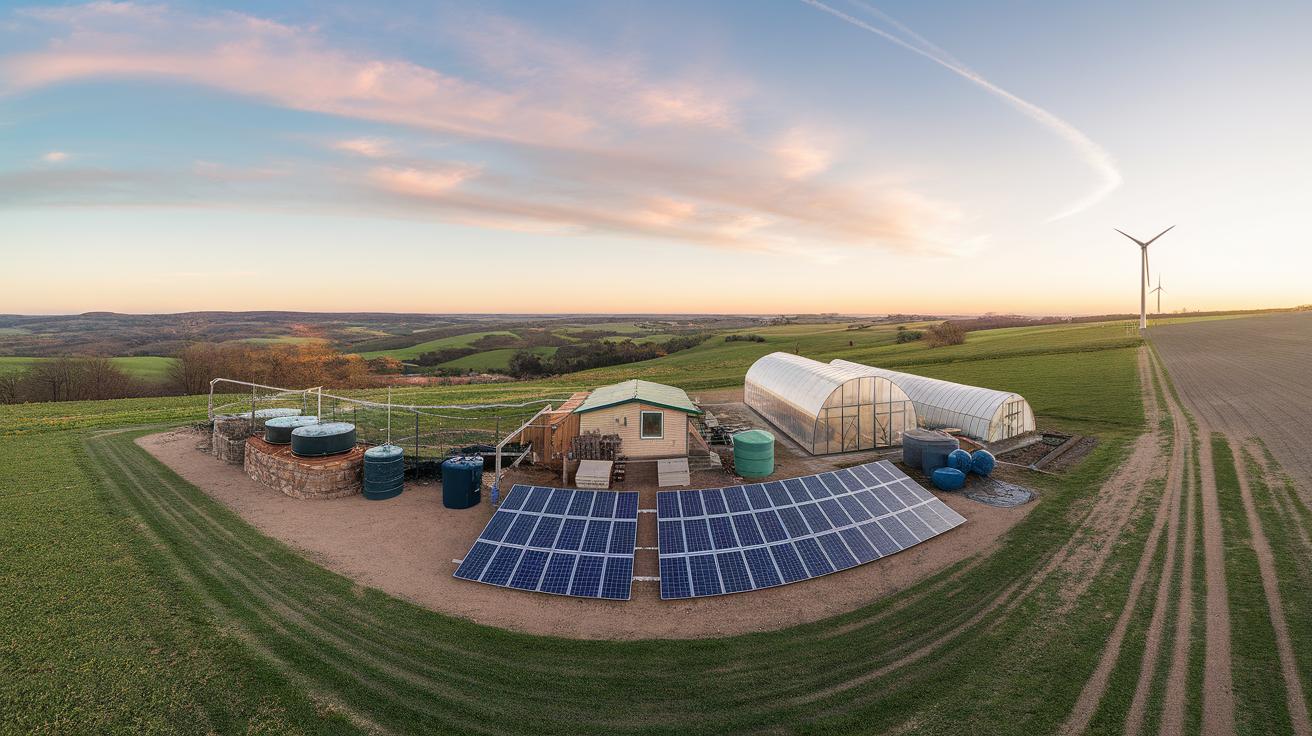Introduction
Container homes represent a growing trend in sustainable living practices. As people seek to reduce their environmental impact, many are turning to innovative building techniques that incorporate shipping containers into architectural designs. These homes come with numerous benefits, such as affordability, durability, and flexibility in design. They often utilize recycled materials, making them a prime choice for eco-minded individuals. Understanding the implications of living in container homes helps people make informed choices when considering alternative housing options.
This article delves into the world of container homes, outlining their construction, advantages, and challenges. It explores how these unique living spaces not only meet the needs of modern lifestyles but also align with sustainable living principles. By examining the impact of container homes on the environment and the human experience, we invite you to rethink conventional living and embrace innovative solutions.
Understanding Container Homes The Definition and Concept of Container Homes

Container homes represent a modern approach to housing that converts shipping containers into livable spaces. These homes often use recycled containers, making them an eco-friendly building option. Builders modify the containers, adding doors and windows, insulation, and plumbing to create comfortable living environments. Container homes can take many forms, from single-unit designs to multi-container complexes, accommodating various family sizes and lifestyles.
Architects and designers take advantage of the sturdy structure of shipping containers, allowing them to create unique architectural features. Large open spaces become possible with few internal walls, encouraging creative layouts. Builders often use multiple containers stacked or arranged in interesting configurations to enhance visual appeal. Container homes not only provide shelter but also offer a sustainable solution to today’s housing challenges, reshaping how we think about living spaces.
Construction of Container Homes
Constructing container homes involves several steps that require careful planning. First, builders select suitable containers based on size, condition, and design goals. Next, they prepare the site, ensuring it meets local code requirements while providing necessary utilities like water and electricity. After setting the foundation, workers place the containers and secure them to create stability.
Builders then cut openings for windows and doors, allowing for natural light and ventilation. They insulate the homes using various methods, including spray foam or blanket insulation, to ensure energy efficiency. Once the home reaches a significant stage of completion, finishing touches, such as flooring, cabinetry, and appliances, complete the transformation. This construction process combines functionality and innovation, offering a fresh perspective to sustainable living.
Benefits of Container Homes Key Advantages of Living in Container Homes

Cost Efficiency
Container homes offer significant cost savings compared to traditional houses. The use of repurposed shipping containers reduces construction expenses. Buyers often find they can invest in high-quality materials and modern features while staying within budget. Many people appreciate that the overall maintenance costs remain low, thanks to the durable nature of steel containers.
Speed of Construction
Building a container home takes much less time than constructing a conventional house. Contractors can assemble homes in weeks, not months. This quick turnaround allows families to move in faster, which is particularly advantageous for those needing temporary housing or looking to settle down quickly.
Environmental Advantages
Using shipping containers promotes recycling and sustainability. This approach reduces waste because it repurposes materials that might otherwise end up in landfills. Many container homes also incorporate green technologies, such as solar panels and rainwater harvesting systems, making them eco-friendly options for those who care about the environment.
Design Flexibility and Creativity Exploring Innovative Container Homes

Architectural Styles in Container Homes
Container homes offer a remarkable range of design options that encourage creativity. Builders often modify basic shipping containers into unique living spaces. Architects and designers transform these steel boxes into everything from modern minimalist homes to rustic retreat cabins. The modular nature of containers allows people to stack them, arrange them in an L-shape, or connect several units for larger structures. Each design highlights individuality and personal style.
Creative Configurations for Unique Living Spaces
Innovative configurations play a crucial role in container home design. Homeowners can easily combine multiple containers to create open floor plans, maximizing light and ventilation. Adding features like large windows and sliding glass doors blends outdoor spaces with indoor comfort. Many builders incorporate sustainable practices, like using solar panels and green roofs, enhancing the home’s eco-friendliness. These flexible designs inspire creativity while meeting diverse lifestyle needs.
Challenges of Living in Container Homes

Insulation Needs
Container homes face unique insulation challenges. Metal containers conduct heat and cold, meaning without proper insulation, homes can become uncomfortably hot in summer and freezing in winter. Homeowners must choose effective insulation materials that can keep the interior comfortable. Spray foam, fiberglass, or sheep’s wool can offer solutions, but each comes with its own installation costs and requirements. Balancing insulation thickness with available space also presents a challenge, as thicker insulation can reduce interior room dimensions.
Structural Limitations
Owners should recognize the structural limitations of container homes. Shipping containers have a specific design intended to hold heavy cargo, which can limit creative alterations. Cutting into walls for windows or doors can weaken the structure unless reinforced correctly. It’s important to consult professionals during these changes to ensure safety. Some containers may also lack natural light due to their design. Homeowners must plan openings effectively to ensure bright and welcoming interiors while maintaining structural integrity.
Sustainable Living and EcoFriendly Practices in Container Homes

Container Homes and Their Environmental Impact
Container homes offer a practical approach to sustainable living. They recycle old shipping containers, turning waste into valuable housing. This reuse reduces the need for new materials, cutting down on resource consumption. By using durable steel, these homes withstand harsh weather, leading to lower maintenance costs and longer lifespans. Homeowners can also easily equip container homes with solar panels, rainwater harvesting systems, and energy-efficient appliances. These features help minimize energy use and encourage eco-friendly practices.
Supporting Eco-Friendly Lifestyles
Living in a container home promotes an eco-friendly lifestyle. Designs often maximize natural light, reducing reliance on artificial lighting. Many container homes also incorporate green roofs or vertical gardens, which offer more insulation and improve air quality. By embracing minimalism, residents reduce clutter and focus on what truly matters. This lifestyle encourages community building and nurtures a connection to nature that is vital for sustainable living, showing that container homes can significantly contribute to a greener future.
Container Homes in Urban Areas Addressing Housing Shortages with Innovation

The Role of Container Homes in Urban Settings
Container homes play a significant role in urban areas by offering affordable and flexible housing solutions. As cities grow and populations increase, traditional building methods often struggle to keep up with demand. Container homes provide a unique solution to this problem by utilizing repurposed shipping containers. These homes can be quickly set up and delivered to various locations within the city, making them an effective way to address housing shortages.
Potential for Sustainable and Affordable Living
Urban container homes can help reduce construction costs and lower environmental impact. Builders often use eco-friendly materials and energy-efficient designs, which appeal to residents focused on sustainability. Homeowners can customize their container spaces, creating unique living environments that reflect personal style. These innovative homes can also contribute to revitalizing underutilized urban areas, transforming vacant lots into vibrant neighborhoods. By choosing container homes, urban dwellers find a creative way to tackle the housing crisis while promoting a sustainable lifestyle.
RealLife Examples of Container Homes Showcase Notable Container Home Projects and Initiatives Around the World That Inspire Sustainable Living

Container homes around the globe embody innovative design and sustainability. One inspiring project, located in Vancouver, Canada, showcases a striking development of eco-friendly container homes that prioritize energy efficiency. Each unit features solar panels, green roofs, and rainwater harvesting systems. This project not only addresses housing but also emphasizes environmental responsibility.
Another remarkable initiative in the U.S. is the “Container Village” in Austin, Texas. Here, designers converted old shipping containers into customizable living spaces, creating a unique community. Residents embrace sustainable practices and enjoy a vibrant neighborhood atmosphere. The design allows for flexibility and helps minimize material waste.
In Europe, the “Container House” in France highlights a modern aesthetic coupled with smart energy solutions. The owners use natural insulation and energy-efficient appliances to reduce their carbon footprint. The home exemplifies how container living can integrate style, function, and sustainability effectively.
Future of Container Homes Speculating on Sustainable Living Advancements

The future of container homes shines brightly in the realm of sustainable living. Homeowners increasingly seek eco-friendly choices, and container homes offer a unique solution. Architects and builders will focus on innovative designs that maximize space and energy efficiency. Many container homes will incorporate solar panels, green roofs, and rainwater harvesting systems, ensuring they utilize renewable resources effectively.
As technology advances, smart home features will integrate into container living. Home automation will allow residents to control energy use through apps, making electricity consumption more efficient. These homes will also adapt to various climates, using advanced materials to regulate temperature and reduce environmental impacts.
Communities may emerge, dedicated solely to container living. Urban areas will transform with clusters of these homes, fostering a sense of camaraderie among residents while promoting sustainable practices. Ultimately, container homes will redefine modern living, blending innovation with environmental responsibility.
Getting Started with Container Living Practical Advice for Sustainable Living

Planning Your Container Home
Focus on understanding the purpose behind your container home. Do you want a cozy retreat, a family residence, or a rental property? Define your goals and budget clearly. Research local building codes and zoning laws to avoid obstacles during construction. Consider how many containers you need for your project. Each container can provide a different level of space, so think about your desired layout. Sketching a basic floor plan helps visualize the space and ensures you use every square foot effectively.
Construction and Design Tips
When working with containers, prioritize insulation and ventilation to create a comfortable environment. Select eco-friendly materials like recycled metal, bamboo, or reclaimed wood for flooring and finishes. Choose energy-efficient windows and doors to enhance natural light and reduce utility costs. Integrate renewable energy sources, such as solar panels, to lower your carbon footprint. Don’t forget about landscaping; using native plants can create a beautiful outdoor space with minimal resources. Always enlist professionals where necessary, especially for plumbing and electrical systems, to ensure safety and compliance with regulations.
Conclusions
Container homes provide a compelling option for those interested in sustainable living. They offer creative solutions to housing shortages and reduce the ecological footprint associated with traditional building materials. By utilizing shipping containers, people can create unique and functional spaces that emphasize sustainability. This approach not only addresses immediate housing needs but also promotes long-term environmental benefits.
As more individuals and communities embrace container living, they contribute to a broader movement towards sustainable architecture and eco-friendly lifestyles. The future of housing is evolving, and container homes stand at the forefront of this transformation, encouraging a lifestyle that respects our planet’s resources and promotes innovative design.







